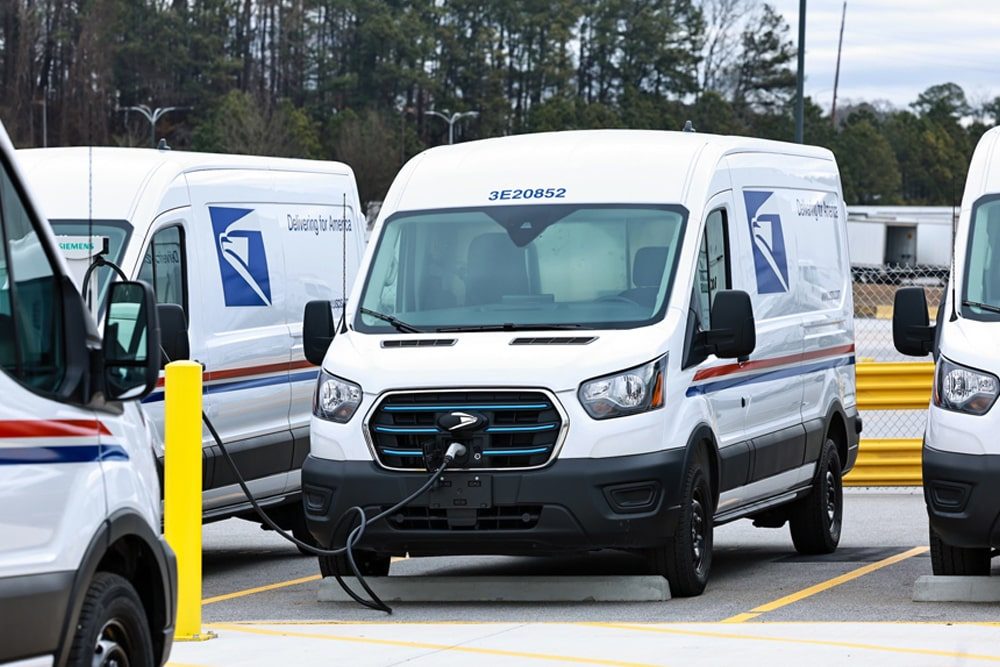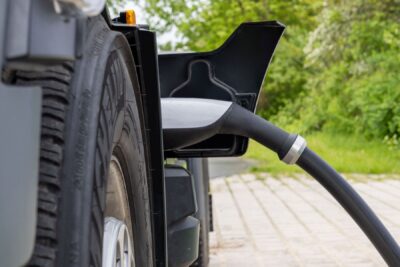Trump administration looks to back out of USPS contracts
For much of this deal, the horse has already bolted. At the beginning of 2024, Canoo delivered electric vans for USPS services, and the electrification of distribution centres began in Atlanta. In 2022, the USPS announced a further increase in the share of electric vehicles in new fleet purchases. In total, the USPS plans to deploy at least 66,000 battery-electric delivery vehicles by 2028, much of which is already under contract, including charging equipment.
Charging infrastructure is also on order and in delivery with an initial batch of 14,000 chargers supplied by Siemens, ChargePoint and Blink.
Reuters now reports that the interim Trump government is trying to edge out of these deals. Trump transition team spokeswoman Karoline Leavitt said in a statement, “President Trump will protect the freedom of Americans to drive whichever vehicle they choose, enhance his tough tariffs on Chinese-imported cars, and save the U.S. auto industry for generations to come. No policy should be deemed official unless it comes directly from President Trump.”
According to Reuters, analysts say that the existing contracts will be legally difficult to arrange since the USPS is an autonomous federal agency with its own governing board. It may depend on how much energy the Trump administration is able to spend on testing the boundaries of its executive power on issues ranging from trade to federal spending.
However, when it comes to the USPS, Trump has a prominent supporter and this latest development is just the tail end of a long-fought tangle to get emission-free vehicles for America’s postal services.
The USPS has long been due for new vehicles, regardless of which kind. In 2021, the USPS CEO, Luis DeJoy —who was appointed during the last Trump administration and is on public record as a Trump fundraiser and Republican donor— ordered only 10 per cent of new vehicles to be electric and gave the contract to US commercial vehicle manufacturer Oshkosh Defense, which is mainly known for building military vehicles.
DeJoy’s decision attracted criticism and lawsuits from environmentalists and Democratic governments. When additional federal funding was provided by the Postal Service Reform Act of 2022 and the Inflation Reduction Act, DeJoy was moved to revise these plans twice. The final version to renew USPS fleets involves 83% electric vehicles through 2028 and 100% electric thereafter.
According to Reuters, analysts estimate, “Given the need for the replacement of ageing equipment, we are confident that the USPS will be receiving new vehicles in 2025. The mix of that order could potentially change to appease an administration that is more hostile to (EVs).”





1 Comment